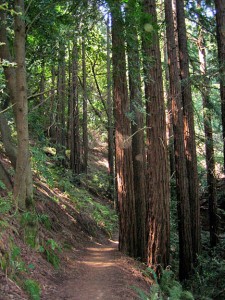
Last week I hiked the French Trail in Redwood Regional Park to take in the quiet of early morning in our neighboring redwood forest. Every time, I appreciate the wisdom, foresight and tenacity of those who preserved these redwoods and the hills and valleys surrounding them. The park protects miles of forest, streams, oak woodlands and related habitat along the ridgeline of the East Bay hills from San Leandro through Oakland. Wise folks established the East Bay Regional Parks District in 1934.
My mind wandered and wondered: What do these towering redwoods think of today’s skirmishes in Congress over money that should be available to expand and further protect the redwood forests?
In 1965 Congress established the Land and Water Conservation Fund Program (LWCF) to receive up to $900 million each year from a portion of offshore oil and gas revenues. What an appropriate use of those funds. Over the last 45 years, California has received approximately $2 billion in LWCF funding, protecting places such as Redwood National Park and helping to fund California’s Forest Legacy Program, which protects environmentally important forestland threatened with conversion to non-forest uses, such as subdivision for residential or commercial development.
Currently, the League is working with Redwood National Park to acquire a key inholding, (a parcel of privately owned land within the boundaries of the park). The park expects to use LWCF funds to pay for the land.
However, LWCF does not actually receive its Congressionally authorized $900 million. Historically, most of these funds have been diverted by the Congressional budget process. For example, in 2010 the Department of the Interior collected approximately $5.2 billion from offshore energy production, but only $306 million, or about 7 percent of that revenue, was made available for the LWCF. And for fiscal year 2013 which begins October 1, Congress has not yet appropriated any money.
So as I continue my walk, listening to Redwood Creek and the muffled sounds of other hikers enjoying the cool shade, I wonder if Congress can muster the wisdom of our East Bay predecessors and fund the protection for our forests into the 21st century.

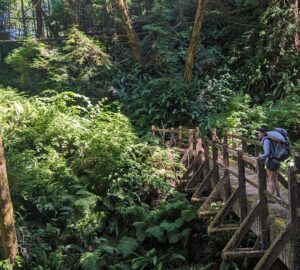

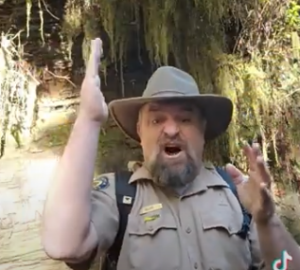
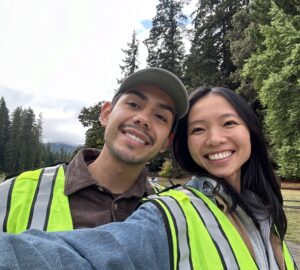
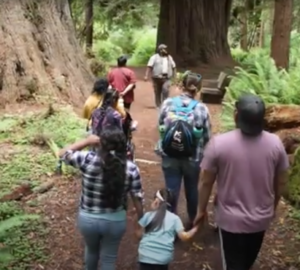
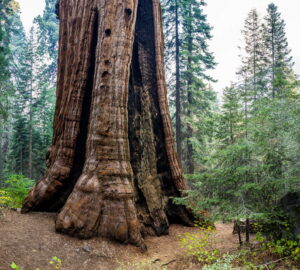
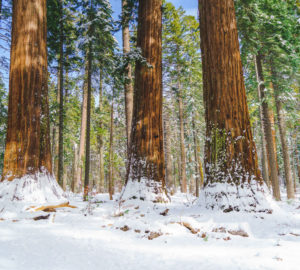
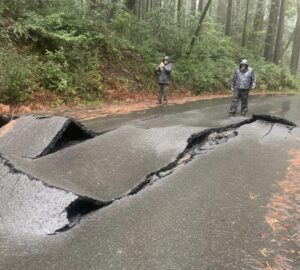
3 Responses to “Learning from Our Predecessors’ Vision”
Murad
I just love Fern Canyon! I’m also a huge fan of a few smaller groves, farther south in Avenue of the Giants near Pepperwood, like the Grieg French Bell Loop. It’s a very short trail and is near the 101 but the area has some of the lushest groundcover around and is near the eel river.
Alisa Harrison
My reply to the above reply: very well put, articulate, and concise. I’ve been thinking the same for sometime but just didn’t put it in words.
It’s ironic that I’ve been giving kudos to other countries and their citizens over the last year for overthrowing their governments. I think it’s time that Americans do the same. Since only the few are profiting why should I, or anyone else, buy into their racket? I’m ready for a new world order. I’ve always believed that people, animals, forests, natural resources, our very Earth are more important than riches. Our planet earth IS the riches!
Who cares if you have loads of cash if you can’t drink the water, breathe the air, enjoy a walk in the forest, etc? caring for the Earth blesses mankind but destroying the Earth will destroy mankind.
Corporations Are Not Redwoods
The answer to your question, Harry, is almost certainly a resounding negative. All three branches of the federal government are now firmly under the control of corporate interests. The appearance of a choice between two parties is little more than window dressing; whatever happens in November, the country will remain a corporate state. It is simply a question of whether that dominance is exercised overtly or covertly.
Corporations care only about profits, of which the American economy delivers copious amounts. And they aren’t interested in sharing those profits with (real) people, never mind the rest of nature, which means no more to them than a source of inputs and a dumping ground for waste.
The contrived federal budget “crisis” has become a wonderful weapon with which to kill programs that benefit people and nature. In a $15 trillion economy, there is plenty of money available for environmental protection, but the forces that control the distribution of wealth and income won’t allow it. Instead, the corporations pay more to their CEOs than they pay in federal tax, concentrating wealth in the hands of a few while depriving the larger society of the means to protect long-term interests such as old-growth forests.
Thus, outside of our precious redwood parks, the landscape is dominated by giants of an altogether less benevolent character. They don’t care about our trees, Harry, and they don’t care about us. Our only role is to consume their products and services, and that is where we need to hit them. We have no real power as voters, but we do have power as consumers – if we can become smart enough, and organized enough, to deploy it.